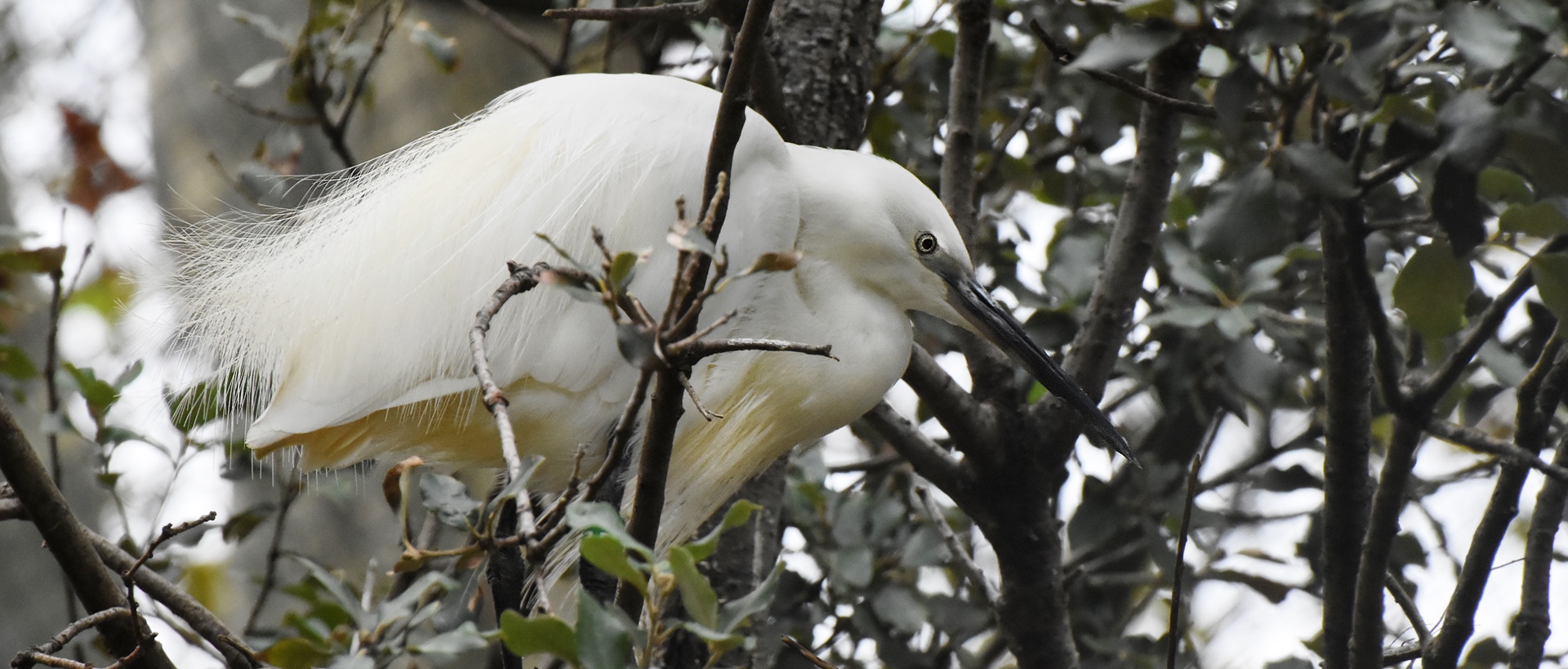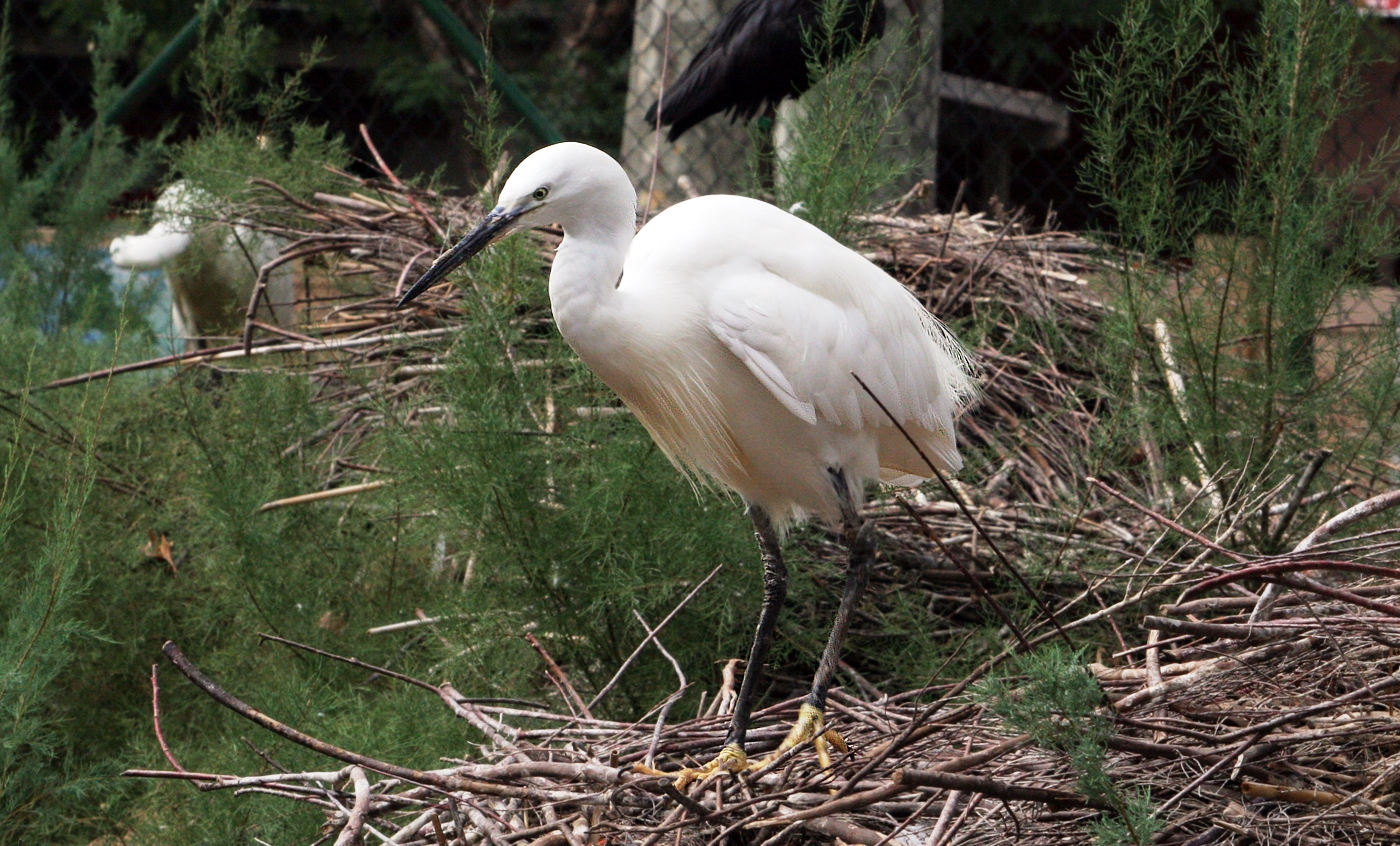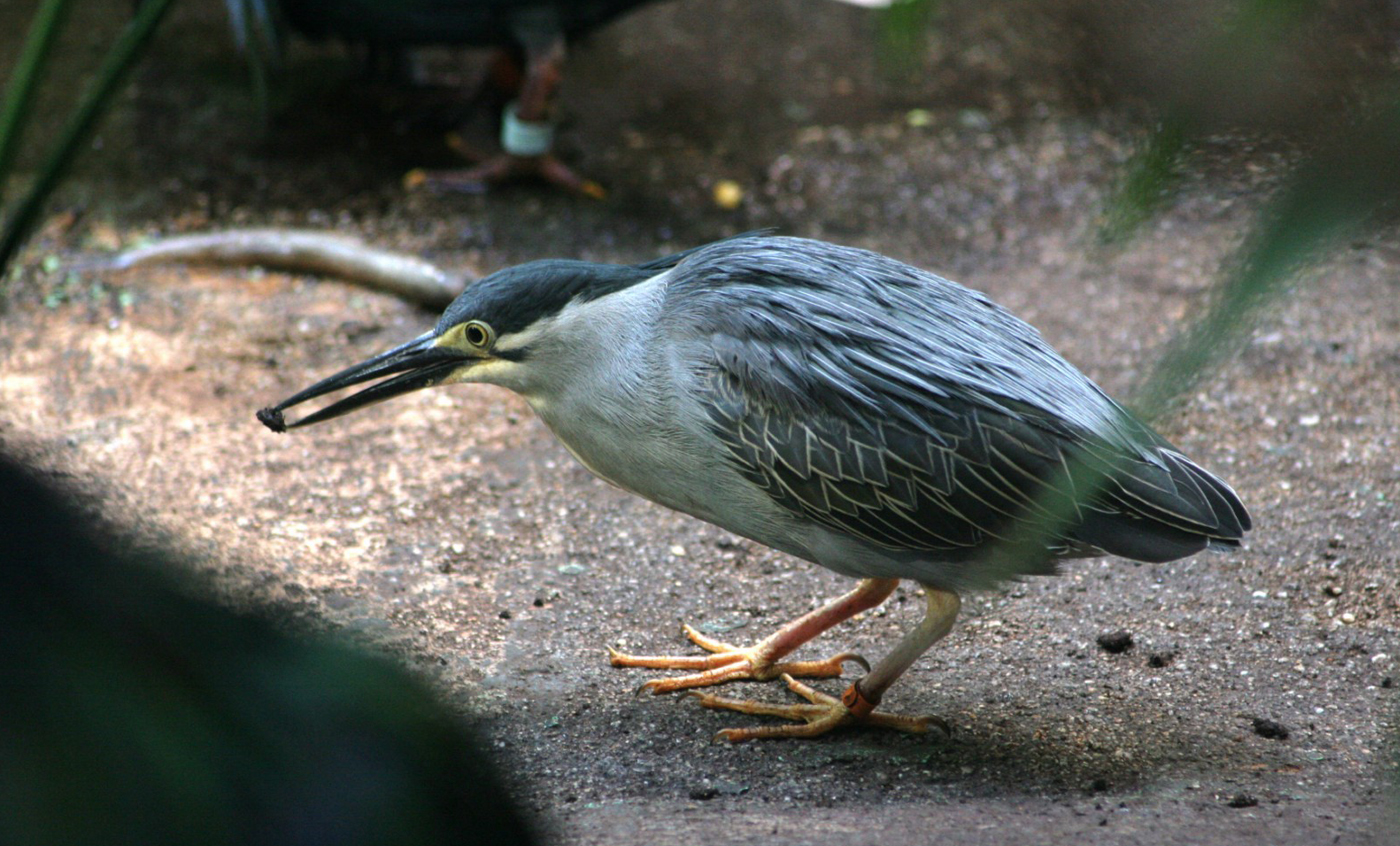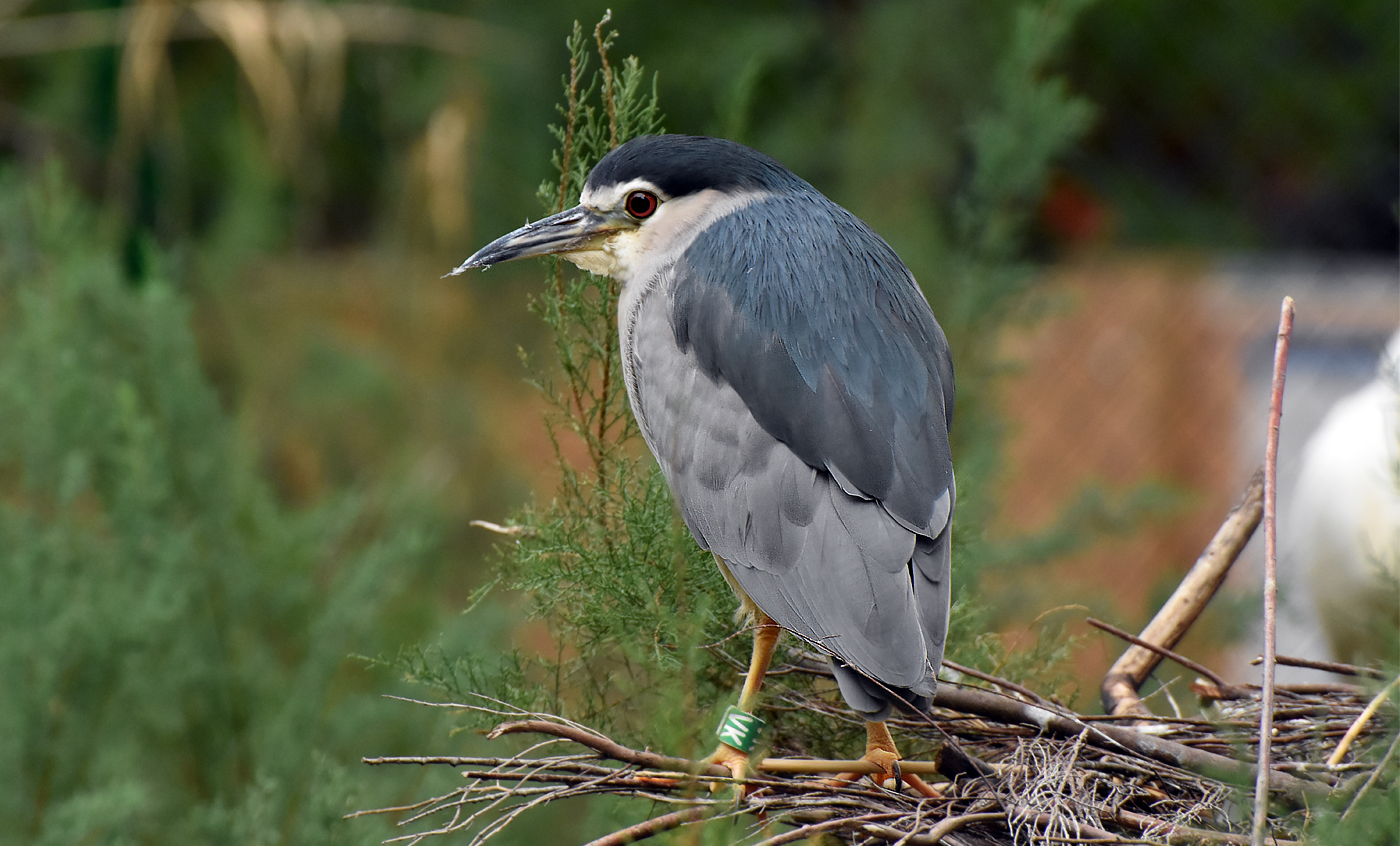Little egret
This is the smallest and most slender of our egrets and has a long neck. It can launch itself fast and accurately to use its sharp bill to catch the insects, small fish and amphibians that make up most of its diet.
In the mating season, it displays two long feathers at the nape of the neck. It nests in colonies, often with other members of the Ardeidae family, in forests on river banks and among the thick vegetation surrounding marshlands.
Natural habit
Central and southern Europe, Africa, Near East, south Asia, north and east Australia, New Zealand
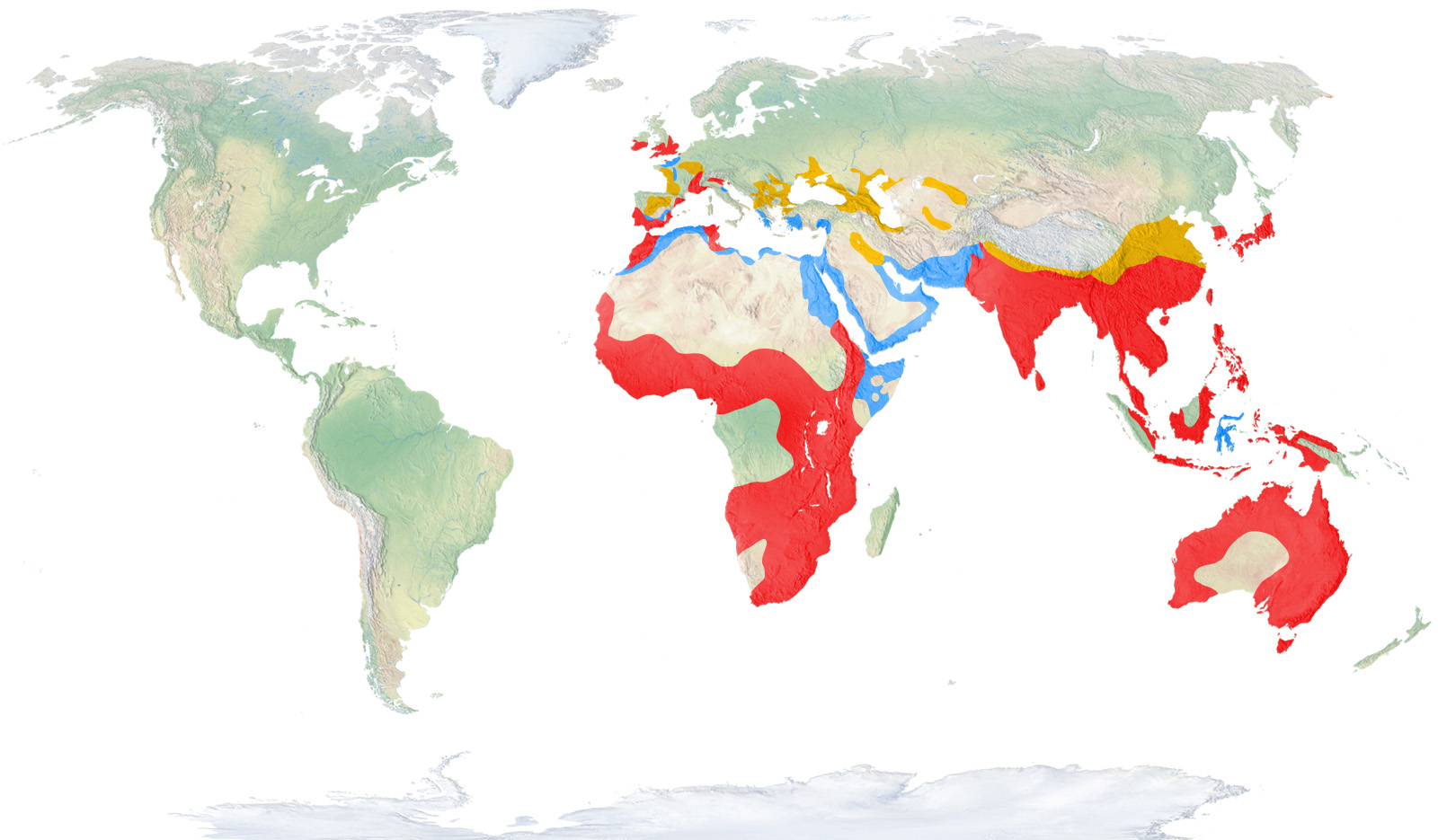
- Distribution / Resident
- Breeding
- Wintering
- Subspecies
Risk level
- Extint
- Extint in the wild
- Critically endangered
- In Danger
- Vulnerable
- Near threatened
- Minor concern
- Insufficient data
- Not evaluated
Taxonomy
Physical characteristics
Biology
Reproduction
Biology
With its long neck and svelte body, this is the most stylised of our Iberian herons. The fine nuptial feathers on their back, highly valued as a fashion accessory in past eras, led to a dangerous shrinking of their populations.
Typical of wetland forests, they prefer water masses with abundant vegetation. They are also adapted to farmlands close to water.
Skilled at fishing, their diets are basically comprised of small fish, amphibians and insects, although they don’t rule out crustaceans, reptiles and micromammals either.
In the Palearctic, breeding usually starts at the beginning of March, although nests can be found in mid-February. It tends to make nests on the ground, in bushes, in reed beds or trees at heights up to 20 metres, with branches, twigs and a wide range of plant matter. It generally nests in colonies, very often with other species, but primarily Ardeidae, such as cattle egret and grey herons. It lays between one and seven eggs, which are incubated from 21 to 25 days by both members of the couple. Breeding success is very high, as some points of their area of distribution, nearly 90% of eggs laid are viable, leading to chicks that leave the nest some 40 or 50 days after birth. When the young abandon the nest, the survival rate plummets to 50%.
Sedentary and not migratory, although during the dispersion period they do travel quite large distances.
The European subspecies is currently reduced to disperse populations in the Mediterranean countries and in Asia Minor, migrating in the winter to southern Spain and Africa, except for the Sahara and tropical forests.
The protective measures currently in place for little egrets have led to an increase in the number of specimens, although their expansion is limited due to the decrease of wetlands.
They have reproduced frequently at the Barcelona Zoo and a large number of specimens have been released in different natural parks in Catalonia. Furthermore, there is also a wild colony on the Zoo’s grounds and several little egret couples breed each year.




